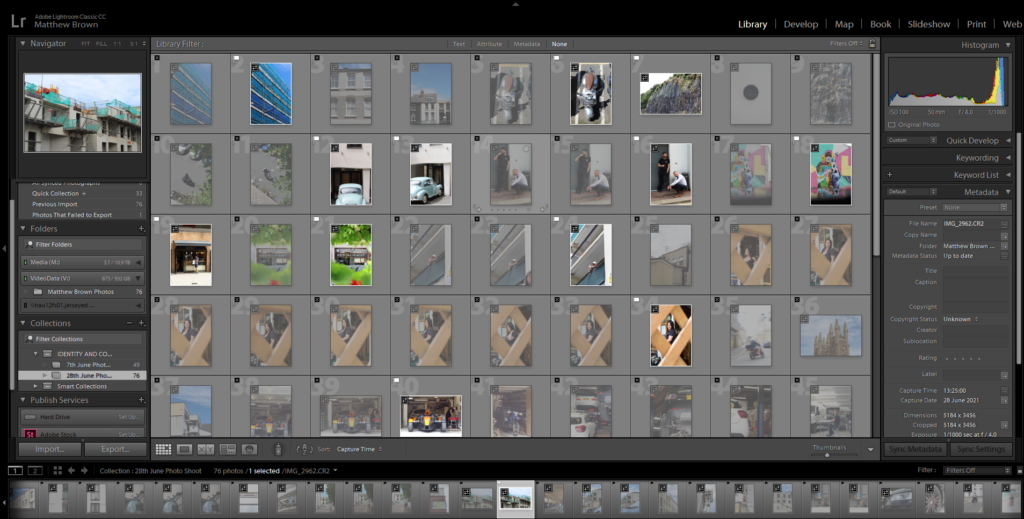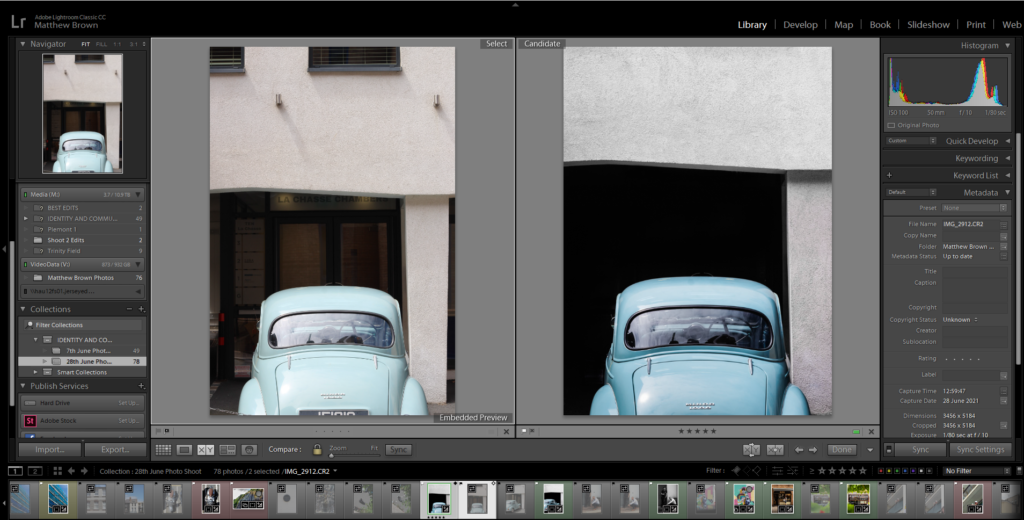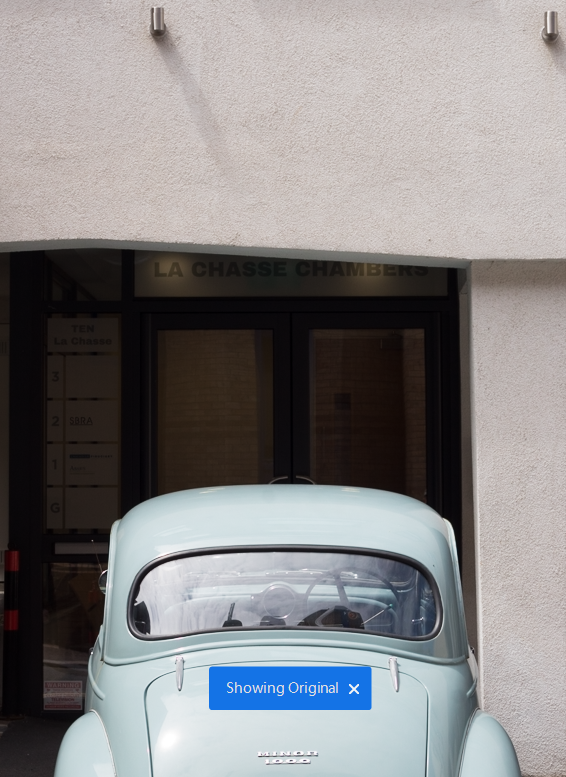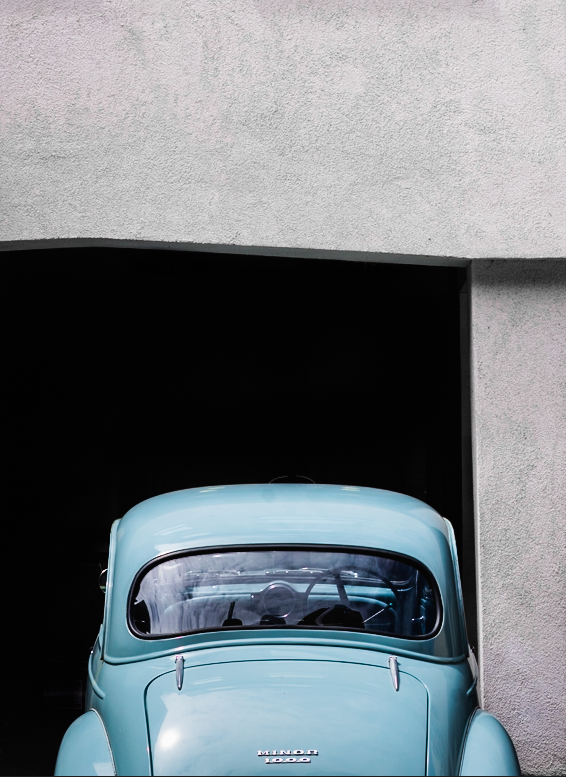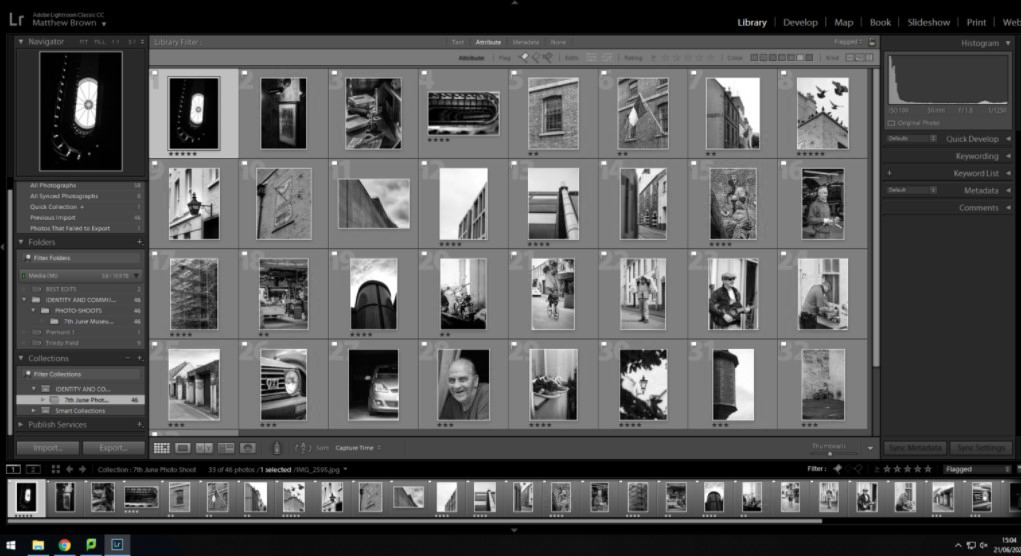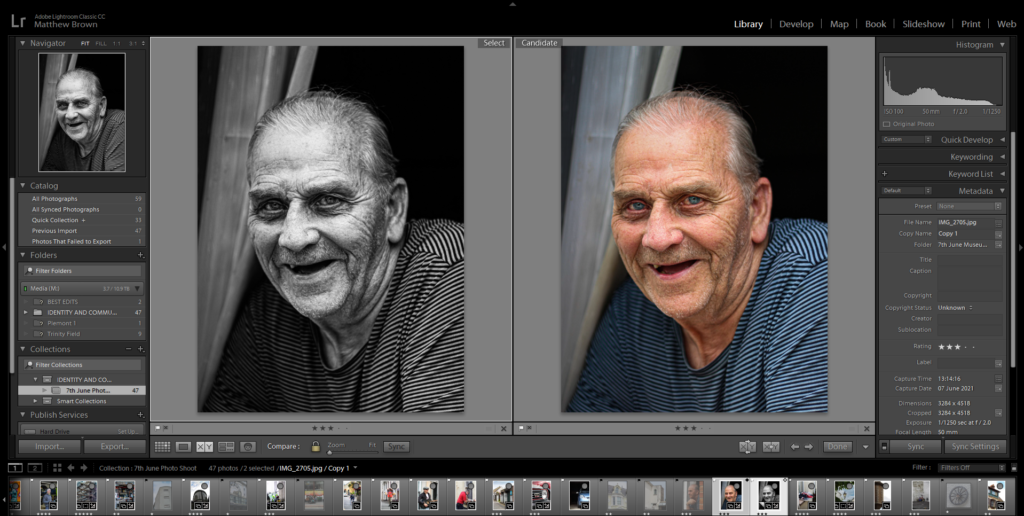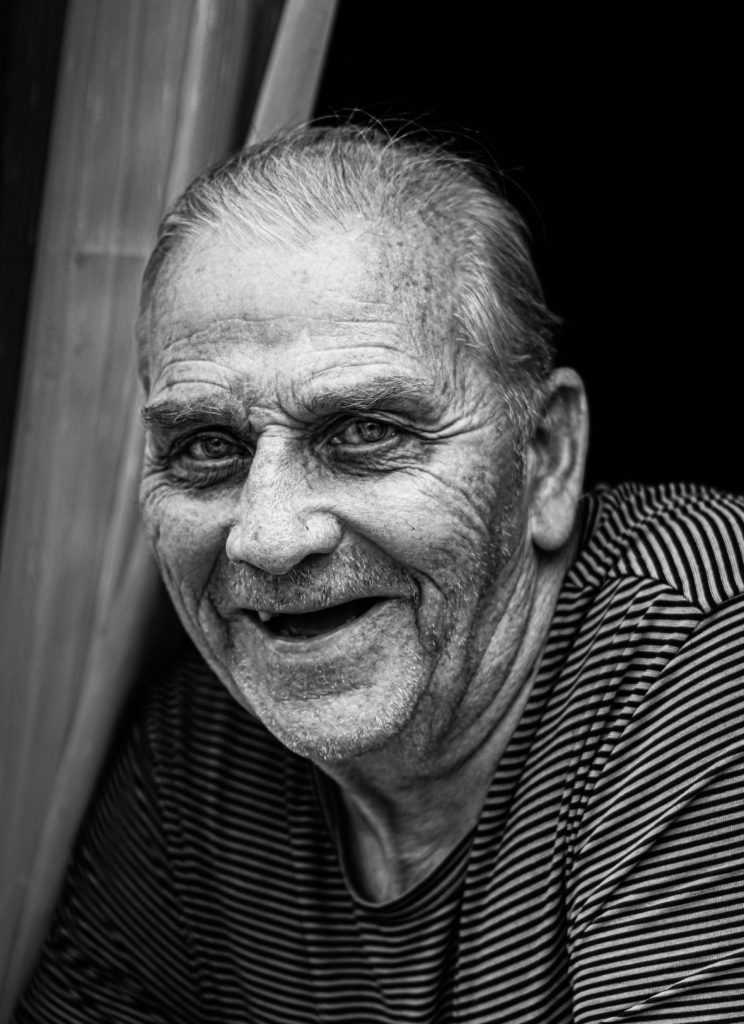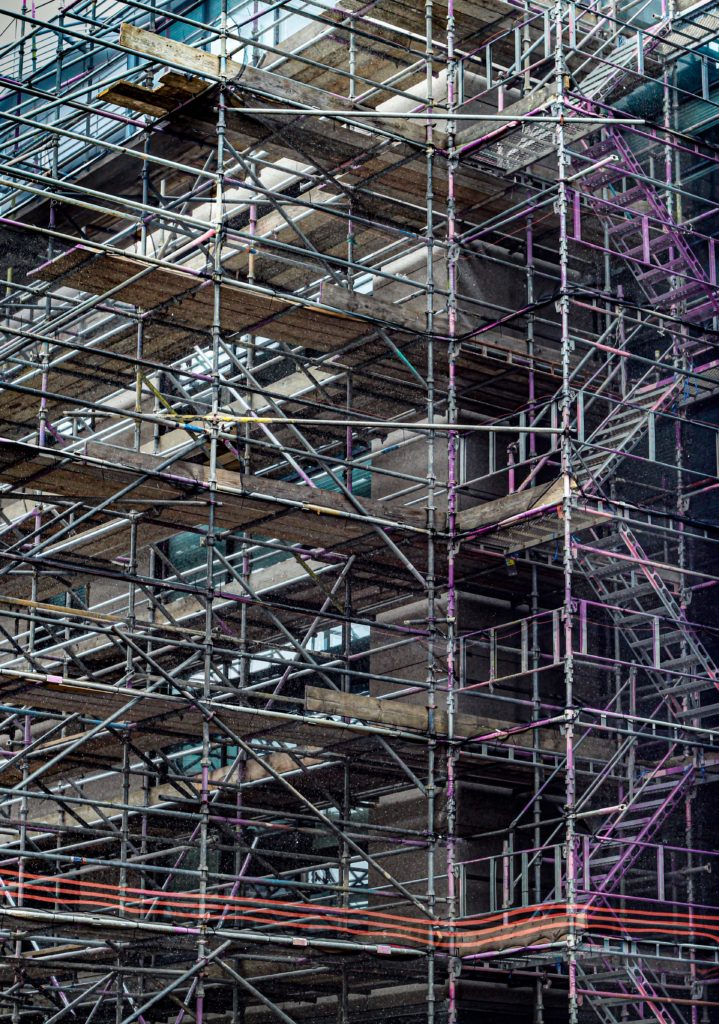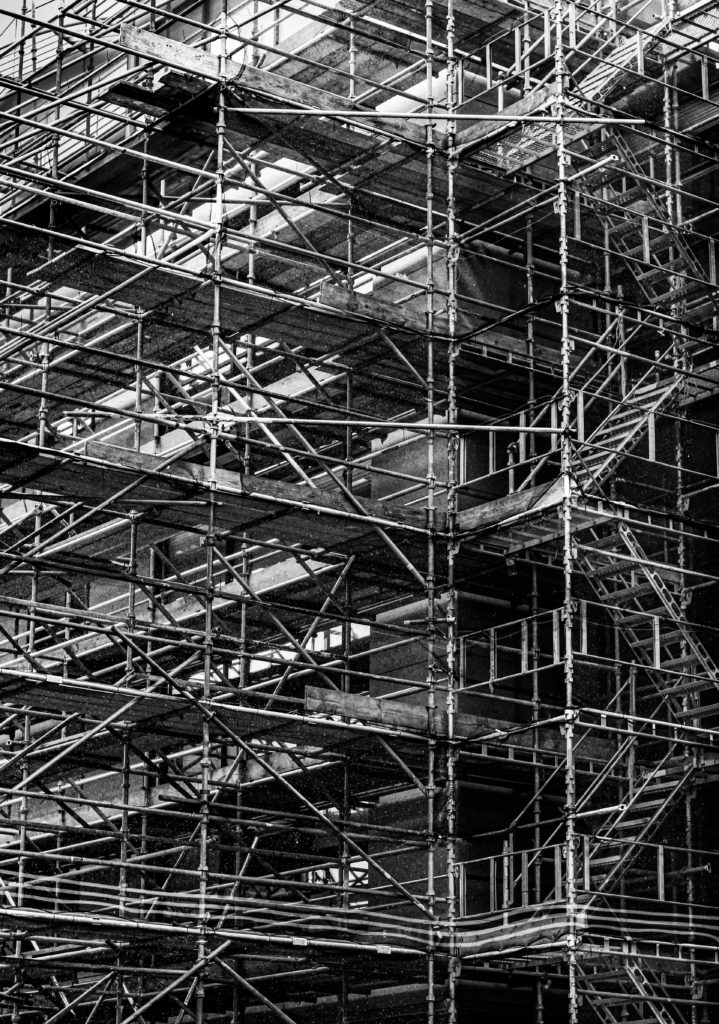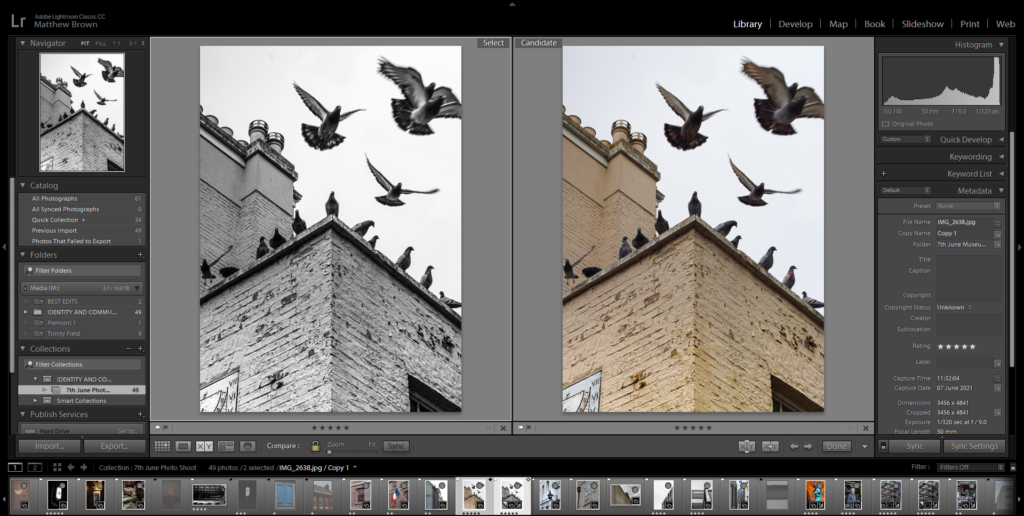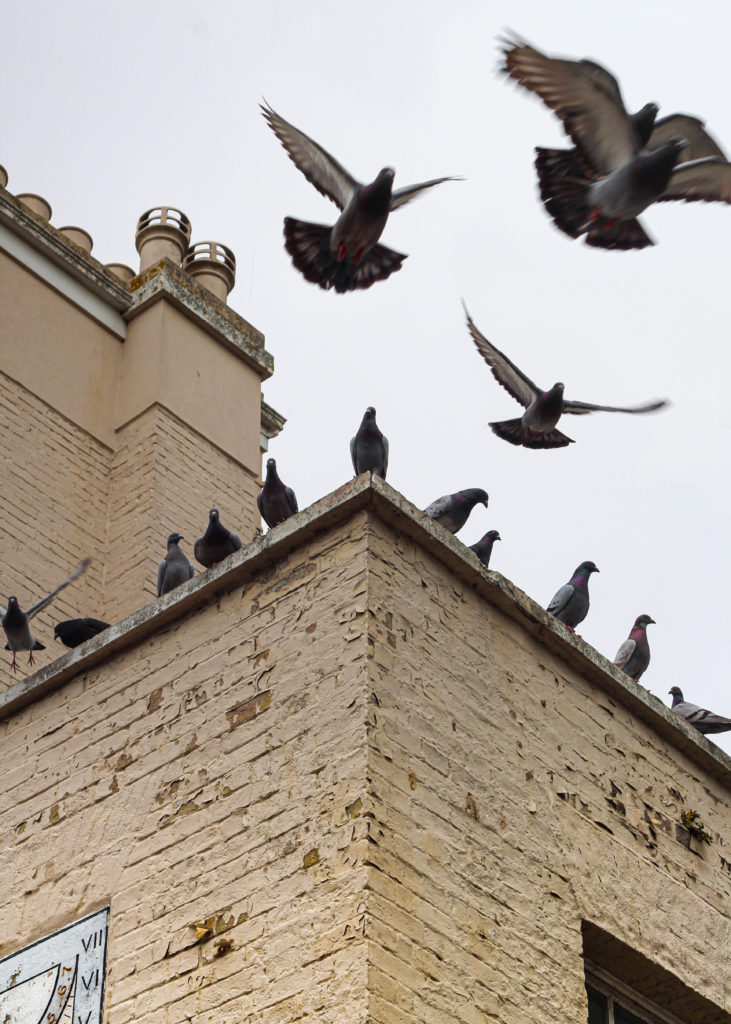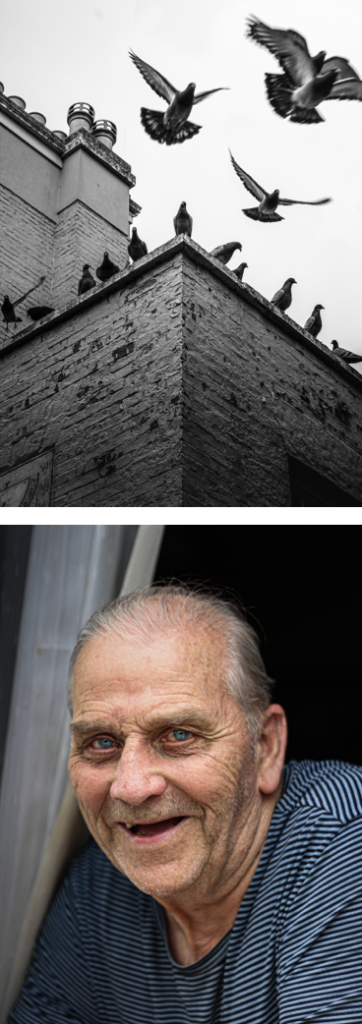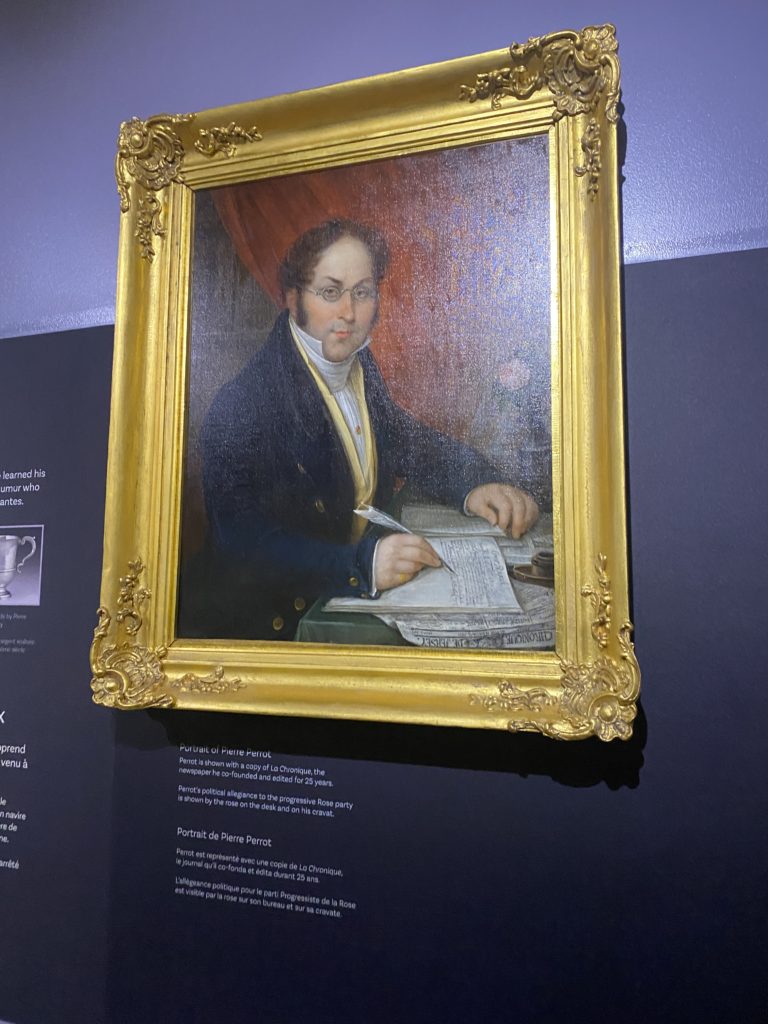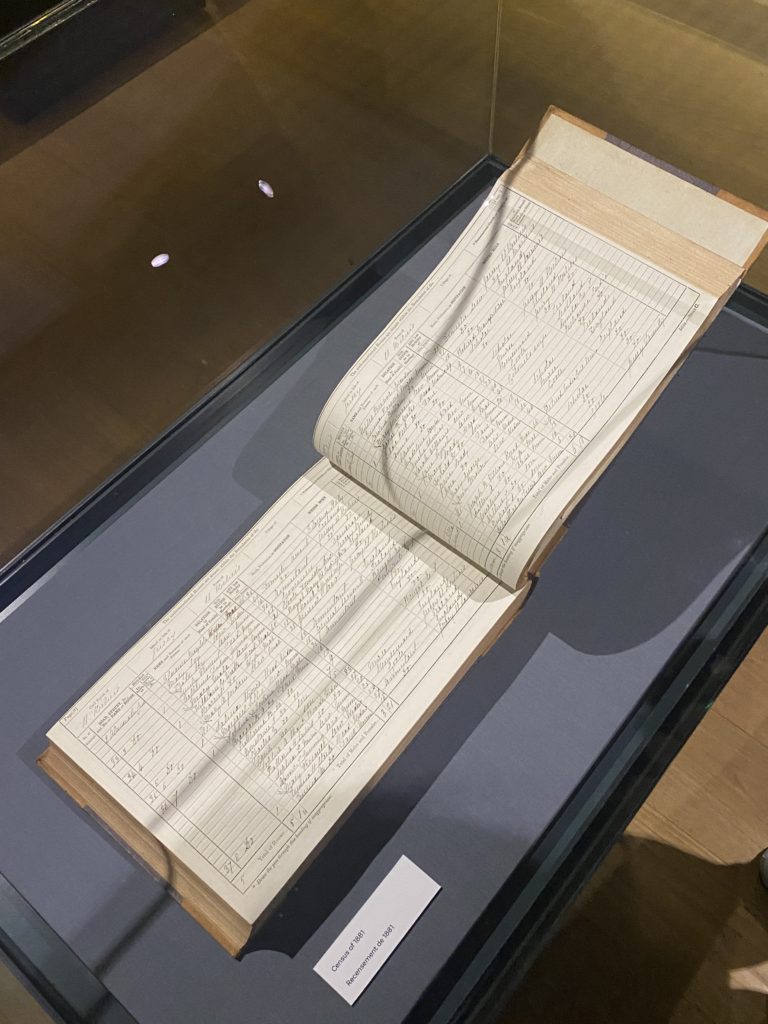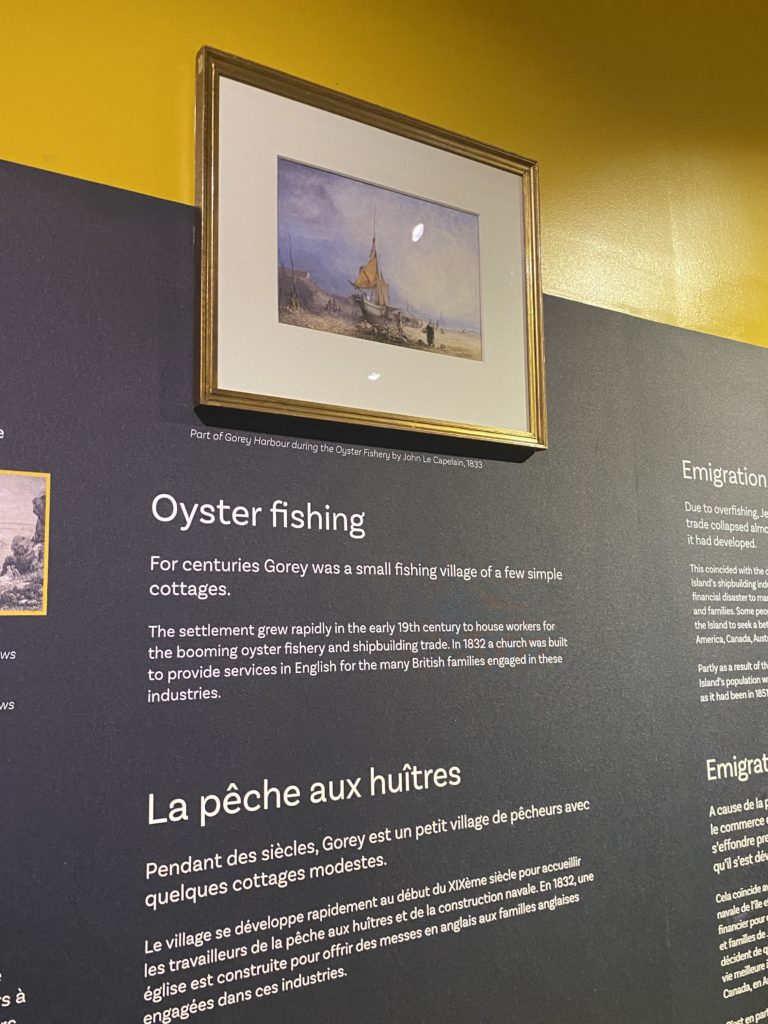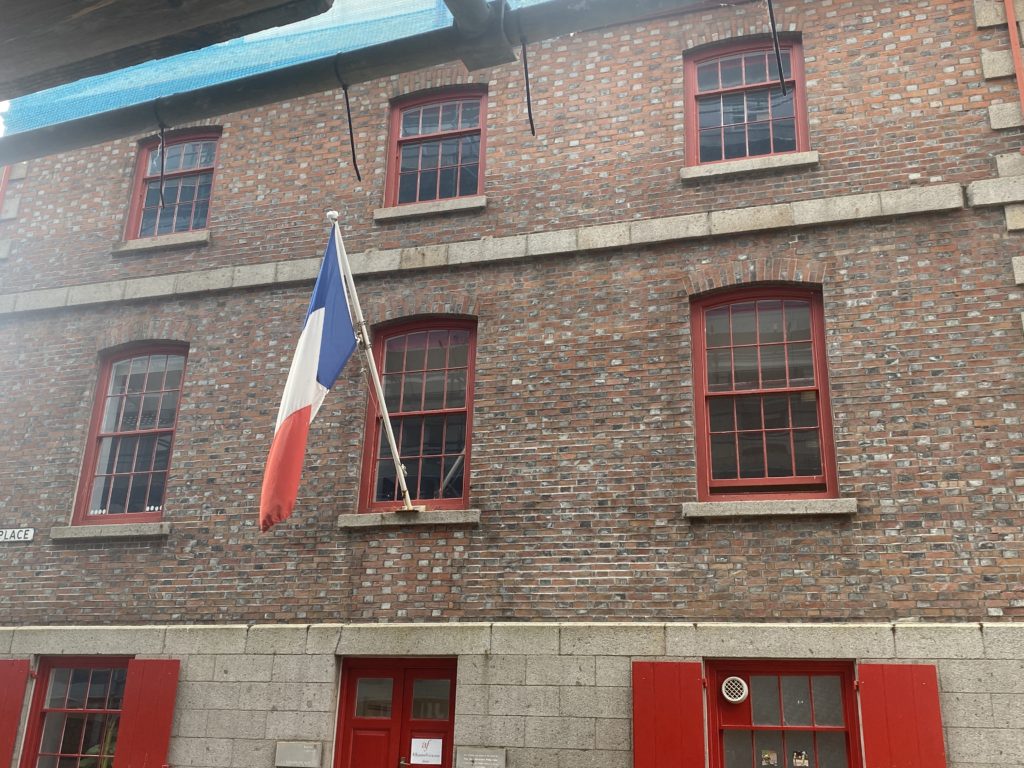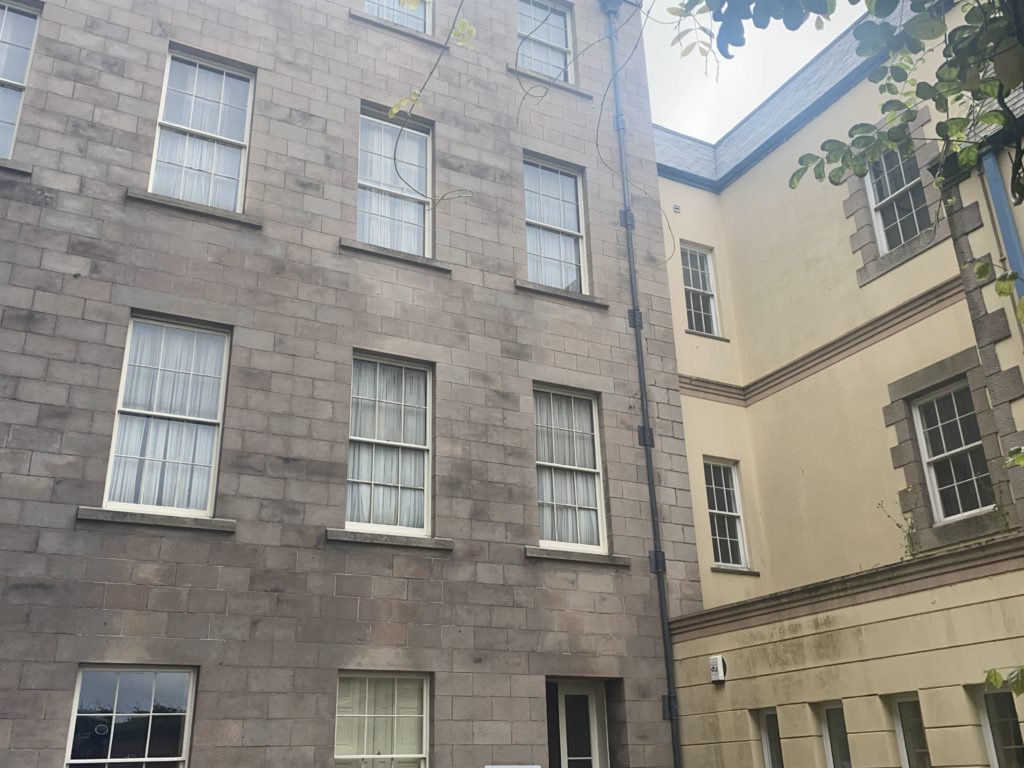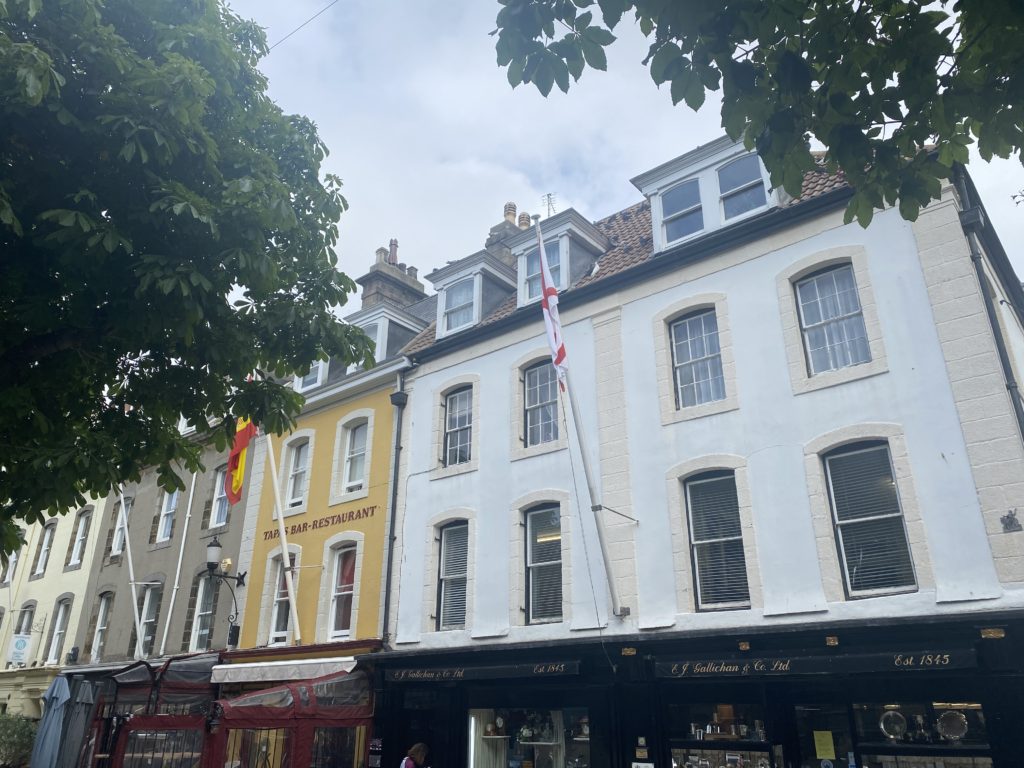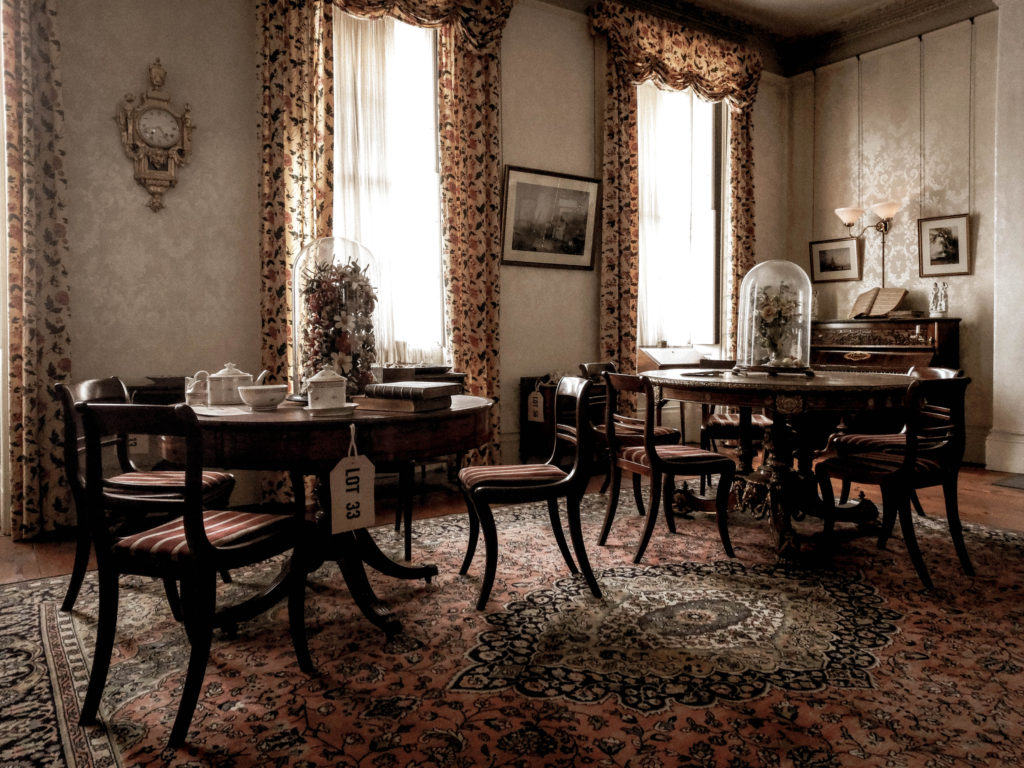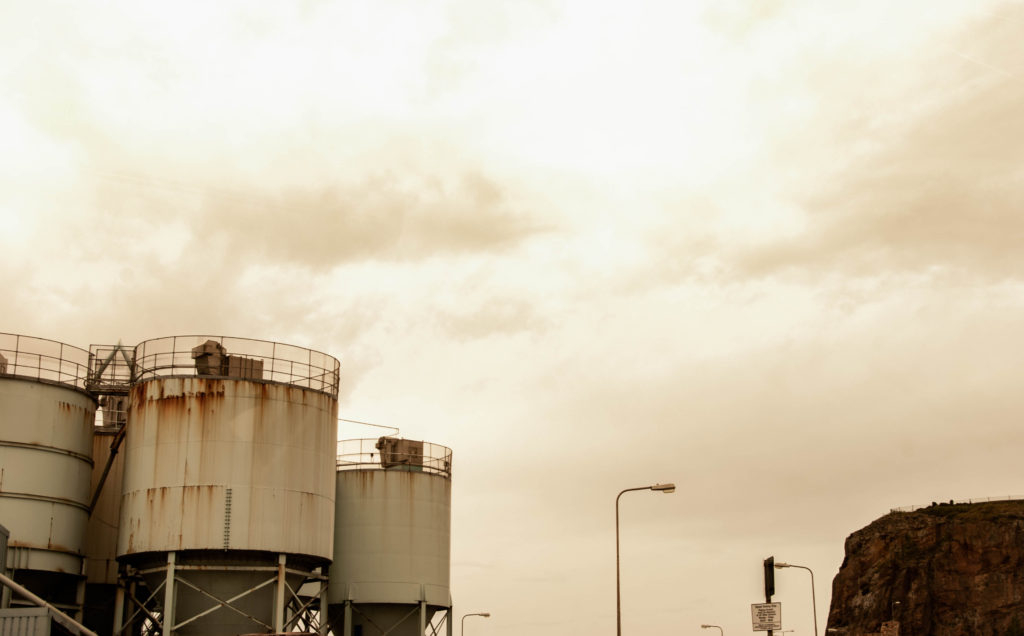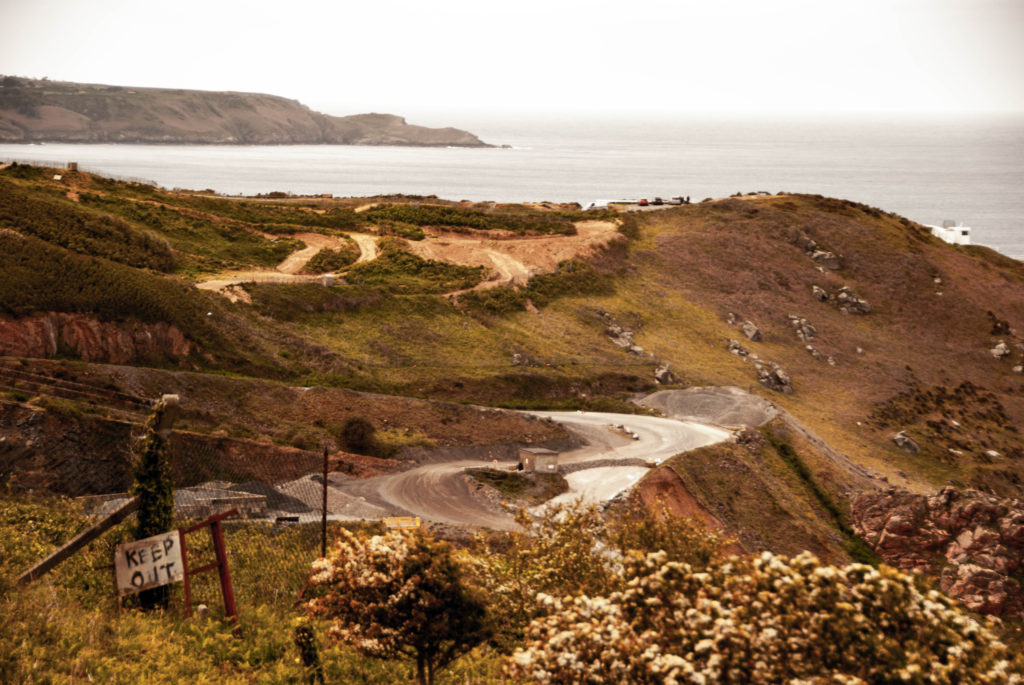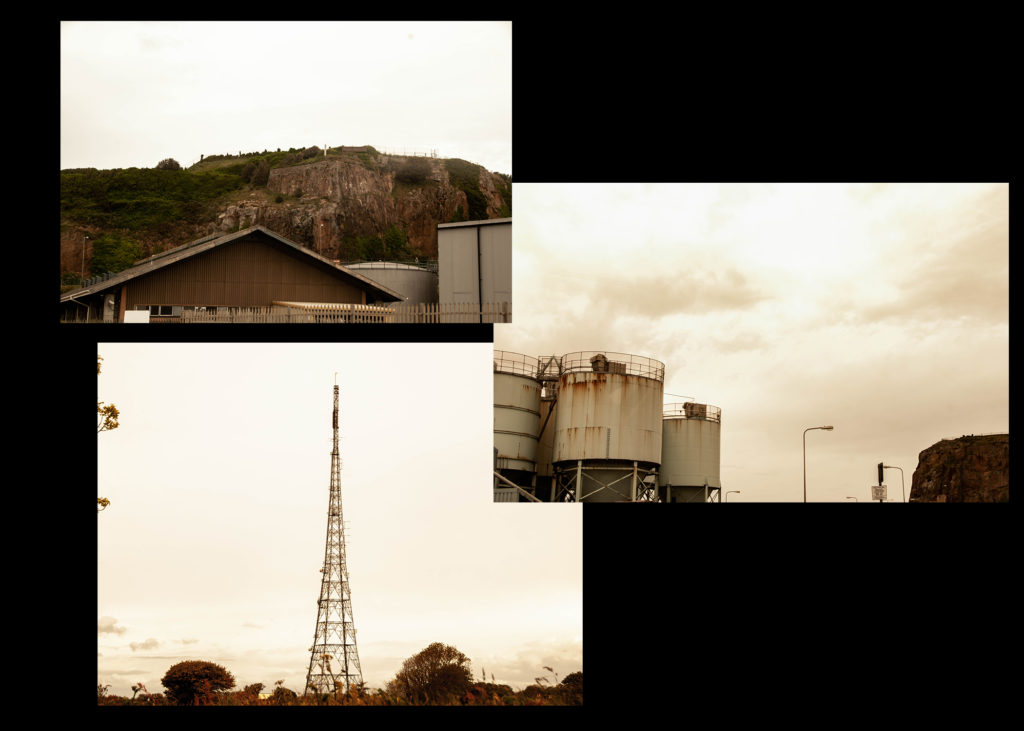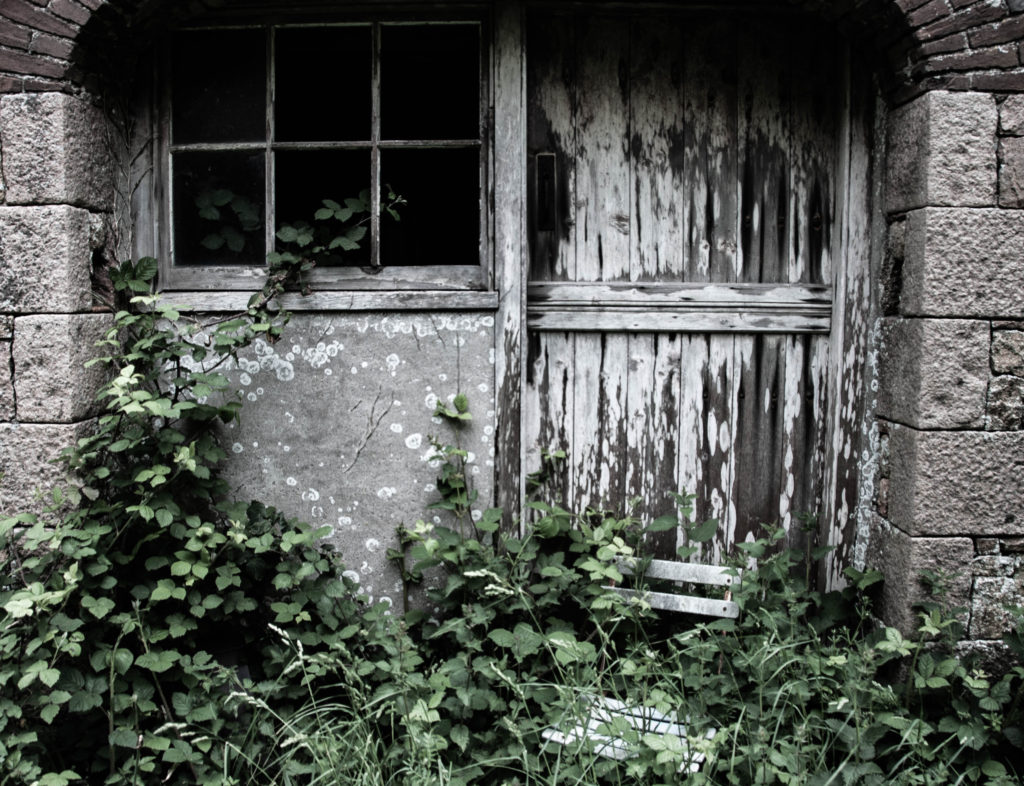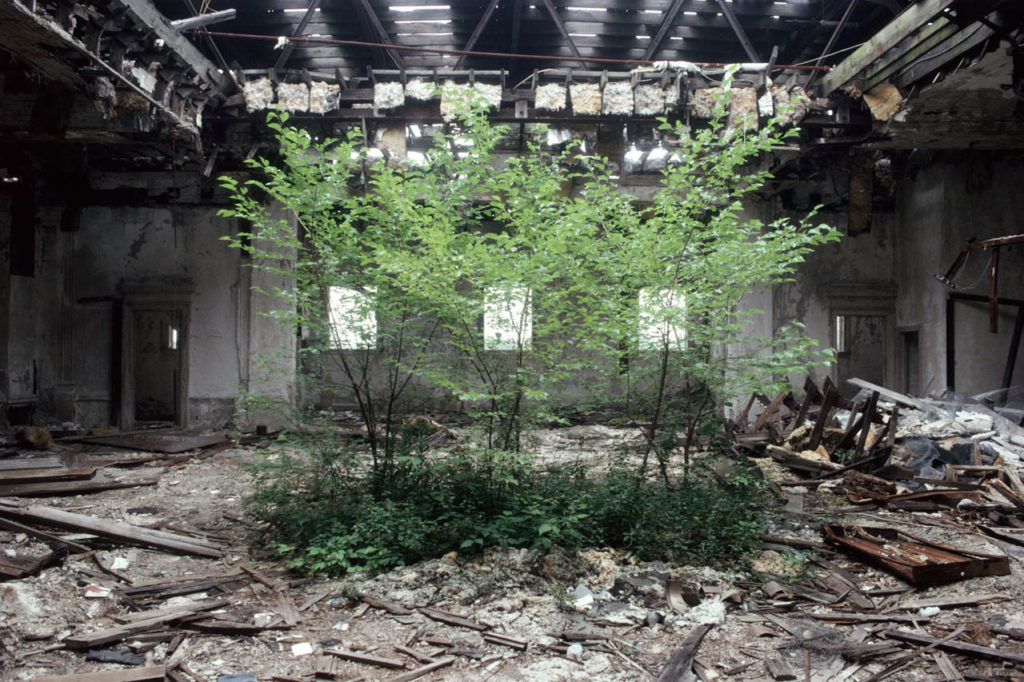How do archives function as repositories of knowledge?
An archive is a collection of historical documents/records which provide information about a place, institution, or group of people. An example of an achieve is Jersey Archives, starting from 1993 Jersey Archive has collected over 300,000 archival records and, it is the island’s national repository for holding archival material from public institutions as well as private businesses and individuals. The Jersey Archive can offer guidance, information and documents that relate to all aspects of the Island’s History. Although, the most common reason for using an archive is to settle legal claims, clarify family history, they are also extremely helpful for historians, filmmakers and authors, as it gives them a sense of the way’s things were.
Archives collect primary source materials such as student newspapers, yearbooks, directories, documents related to groups and organizations, photos, and art pieces. Archives are mostly organised into fonds. A fonds is the entire body of records of an organisation, family, or individual that have been created and accumulated as the result of an organic process. Each fond is kept separately from other fonds to prevent the records from becoming disorganized and mixed up with other information, which would mean that they become inaccurate.
Société Jersiaise, is a photographic archive with a collection of 100,000 images dating from the mid-1840s to the present day. It was founded in 1873, for the study of Jersey archaeology, history, natural history, the ancient language and the conservation of the environment. There are approximately 35,000 historical images in the photographic archive are searchable online. Société Jersiaise also have an extensive library with access to may publications and records relating to the island’s history, identity and geography.
William Collie was born in Skene, Aberdeenshire, Scotland in October 1810. He stared his creative career as a professional portrait painter. Later he moved south, to St. Helier, Jersey in 1841, where he had a portrait business. He became one of the earliest photographers working in the Channel Islands, operating from Belmont House, St Helier. In the late 1840’s he made a series of genre calotype; which is an early photographic process in which negatives were made using paper coated with silver iodide, portraits depicting ‘French and Jersey Market Women’ which were well received by the photography critic of the Art Union (1 June 1847) who compared them to the work of David Octavius Hill, who was a Scottish painter, photographer and arts activist. These studies were later exhibited at the London Great Exhibition of 1851.
The Société Jersiaise Photographic Archive lists 157 photographs by William Collie. Although none of them are available to view online, due to copyright. However, you can still see them on some websites. The vast majority of the 157 images listed on the Société Jersiaise website are portraits, but there are four pictures of Jersey scenes which, if the information in their records is accurate, they are of, the church of Scotland (Not Jersey), Mont Orgueil Castle, houses on Queens Road, a granite, thatched cottage. One of his most famous portraits listed on the Societe Jersiaise website is of Elie Jean Filleul, who died aged 102 in 1851. From these images we can gather information about the history of St Helier, by using old images of streets and buildings. Also, we can identity the fashion and lifestyle in the 19th century.
William created his images using a photographic process called calotype, also called talbotype. Calotype comes from the ancient Greek word “beautiful” and “impression”. It is an early photographic process introduced in 1841 by William Henry Fox Talbot, using paper coated with silver iodide, once its dried it is floated on a solution of silver nitrate in a dark room, which forms a photosensitive silver chloride compound on one side of the paper. This is then dried and ready to be exposed to light. When exposed to light the silver chloride darkens, creating a negative image. Which is made to make multiple positive prints simply by playing the negative onto a sensitised piece of paper and exposed to light.

Collie’s image contains a good, high contrast as the highlights are bright and the shadows are dark. This is a good aspect to have in portrait photography as it defines facial features. Collie’s image is very clear and sharp even though it was taken in the 19th century. It contains highly detailed textures and patterns; this is due to the fact that it was processed in a dark room using multiple chemicals. This is why the edge is overexposed and has the fading look. Collie’s has positioned the subject in the centre of the frame to draw attention to them, which is an important aspect in portrait photography. By including props, like walking sticks, bowls in the background and a child, it creates a scene and a story which relates to the person being photography. We can tell by the image that the subject is of age due to a beard and the walking stick. This juxtaposes with the child on their lap.
In conclusion, archives are a good repository of knowledge and historic information, they are a good way to reflect on the past, as the contain historic photos and documents which can be compared to the present day. This shows a comparison of what life was like and how it has changed. The photos from the archives can help develop my project, as it displays different cultures and communities, which I can juxtapose to the current day and show how much they have changed. I can also use the archives to get photos to compare past and present buildings, this creates a comparison which shows a positive outcome.


